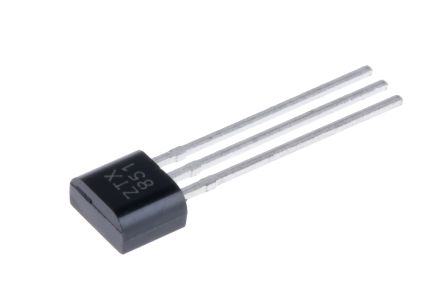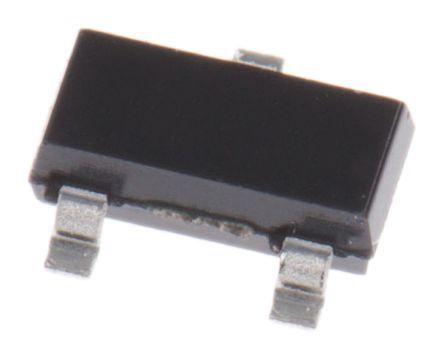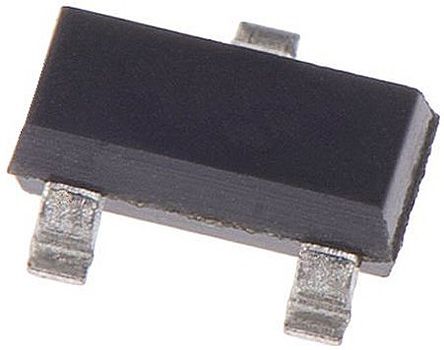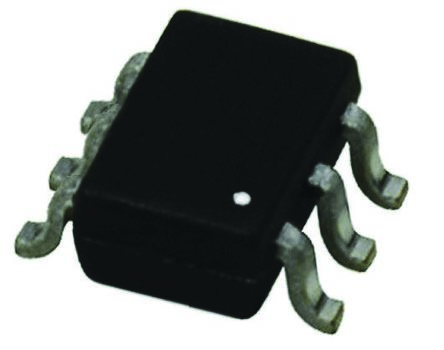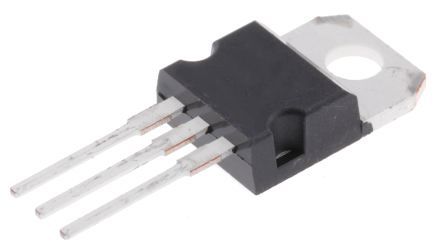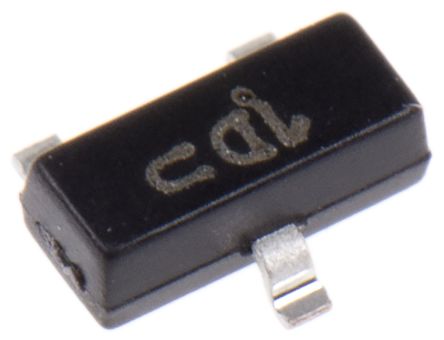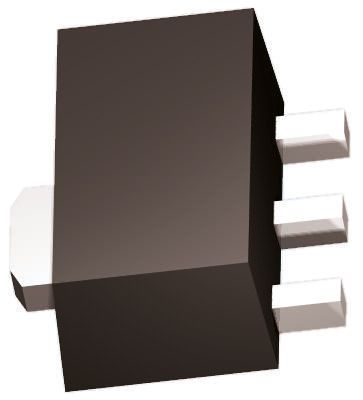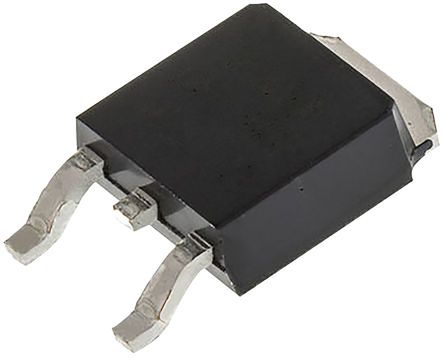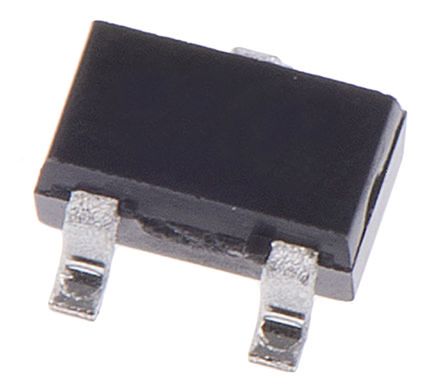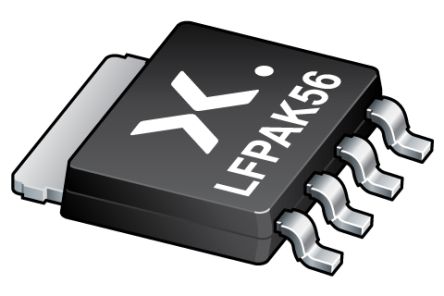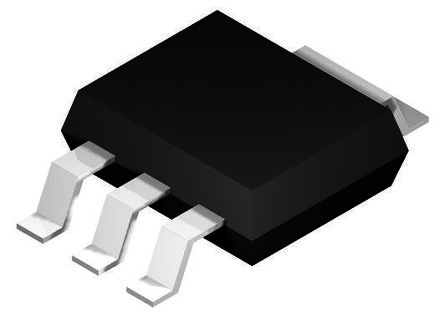- Automation & Control Gear
- Cables & Wires
- Enclosures & Server Racks
- Fuses & Circuit Breakers
- HVAC, Fans & Thermal Management
- Lighting
- Relays & Signal Conditioning
- Switches
- Batteries & Chargers
- Connectors
- Displays & Optoelectronics
- ESD Control, Cleanroom & PCB Prototyping
- Passive Components
- Power Supplies & Transformers
- Raspberry Pi, Arduino, ROCK, STEM Education & Development Tools
- Semiconductors
Bipolar Transistors
Bipolar Transistors are a solid state, three-pin devices made from three layers of silicon. A bipolar transistor is designed to amplify current, bipolar transistors can also function as a switch. There are two main types of transistor, PNP (positive negative positive) or NPN (negative positive-negative).
How a Bipolar transistor is made
Bipolar transistors are constructed by joining two signal diodes back to back creating two PN junctions connected in series, sharing a common P or N terminal. By nature, silicon does not normally conduct electricity well. However, when silicon is treated with certain chemicals or impurities we can make the material and electrons behave in a different way. This process is called doping. The doping process improves the semiconductors ability to conduct electricity.
How do bipolar transistors work?
Bipolar transistors have two possible functions, switching, and amplification. Due to the devices three layers of doped semiconductor material, supplying the transistor with a signal voltage enables the discrete component to act as an insulator or a conductor. This clever change provides the transistors with two basic functions, switching (digital) electronics or amplification (analog) electronics.
Transistors are available in panel, surface and through-hole mounting options in plastic package or metal can versions. All have three terminals or pins, the Base, the Collector, and the Emitter.
They are also available as;
- Digital transistors - are made of a semiconductor material, usually silicon, which conducts the current (or electricity) with little resistance. They also tend to have at least three terminals for easy connection to an external circuit.
- UJT transistors - constructed of a bar of lightly dope N type silicone with a small piece of heavily doped P type material attached to one side. Since the silicon bar is lightly dope it has very high resistance.
Applications of bipolar transistors?
Transistors are one of the most widely used discrete components in electronic designs and circuits. Transistors are used for the amplification of all types of electrical signals in circuits made up of individual components rather than ICs (integrated circuits).


